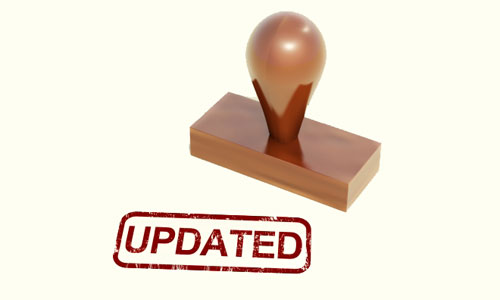Inferior Vena Cava Filter Studies Underway
CDRH says it is requiring collection of additional clinical data for currently marketed inferior vena cava filters to address safety questions that remain unanswered for both permanent and retrievable filters.
June 23, 2014

CDRH says it is requiring collection of additional clinical data for currently marketed inferior vena cava (IVC) filters to address safety questions that remain unanswered for both permanent and retrievable filters.
In a medical device update issued in May, the center says manufacturers were given two options for obtaining the data: participate in the PRESERVE study examining use of IVC filters in preventing pulmonary embolism or conduct postmarket surveillance.
Data from both sources will help the agency, manufacturers, and healthcare professionals assess devices’ use and safety profiles, understand evolving patterns or clinical use of IVC filters, and ultimately improve patient care, the notice says.
In 2010, FDA reported it had received reports of adverse events and product problems associated with the filters. Reports included device migration, filter fracture, embolization, perforation of the IVC, and difficulty removing the device. Some of the events may be related to how long the filter has been implanted, FDA said.
The agency recommends that implanting physicians and clinicians responsible for the ongoing care of patients with retrievable IVC filters consider removing the filter as soon as protection from pulmonary embolism is no longer needed.
FDA says it developed a quantitative decision analysis using publicly available data in the medical literature to assess whether there is a time period during which the risk of having an IVC filter in place is expected to outweigh the benefits. That decision analysis was published in the October 2013 Journal of Vascular Surgery: Venous and Lymphatic Disorders. The mathematical model suggests that if a patient’s risk for pulmonary embolism has passed, the risk-benefit profile begins to favor removal of the IVC filter between 29 and 54 days after implantation.
Jim Dickinson is MD+DI's contributing editor.
[image courtesy of STUART MILES/FREEDIGITALPHOTOS.NET]
You May Also Like
.png?width=300&auto=webp&quality=80&disable=upscale)

